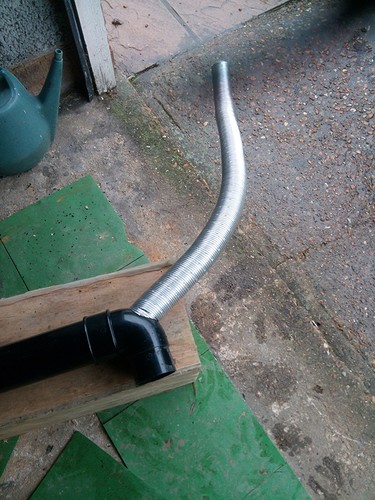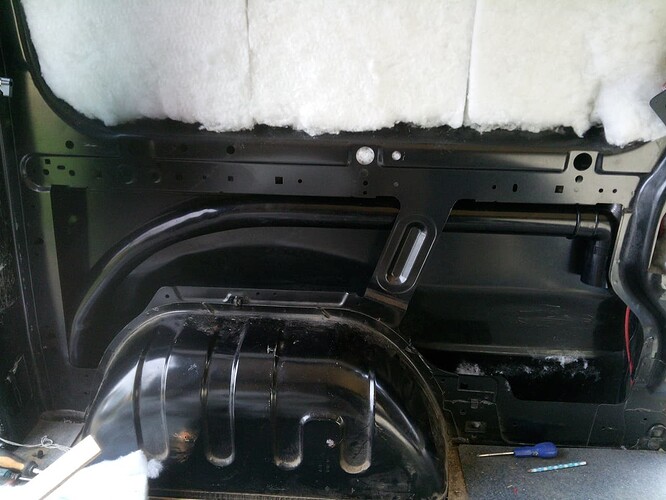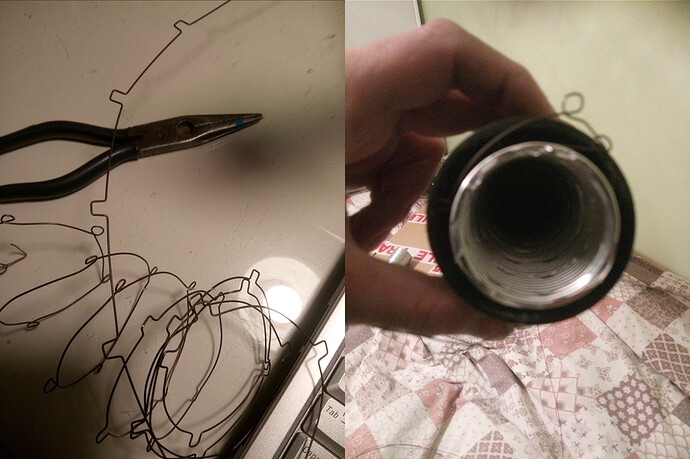Hello everyone. This would have links in it but I’m a new user!
I’m in the planning stages and am considering ventilation options.
I’m planning to have wet things in the van often - wetsuits, mountain bikes, wet boots etc.
Ventilation is certainly an important system to get right to prevent condensation and mould from these damp items - but I also don’t want to waste heat or have stale air hanging around.
I have learned that ‘passive houses’ use Mechanical Ventilation Heat Recovery (MVHR) systems. They feed in fresh air from the outside and run it in a countercurrent direction against outgoing warm internal air to allow heat exchange. e.g passivedesign .org/ mvhr
There are big units for houses and smaller units for bathrooms, the latter likely the best bet for a van.
The smaller units could have the external vents through the side of the van, the main MVHR sitting in cabinetry and ducting hoses positioned to have a vent near the cooking area and in the garage. Paired with an electric heater (ebay 2-2kw-Micro-Heater-12v-Vehicle-Marine-Boat-Van-Camper-Race-Rally-Kit-Car ) to circulate hot air around, I hope to have a system that provides and recycles hot air.
My intended van is a L2H1 Trafic.
Has anyone considered using MVHR/ implemented it into the van/ have any tips (for and against!)
Expensive waste of time? Large problem I have overlooked? Better options?
Thanks!
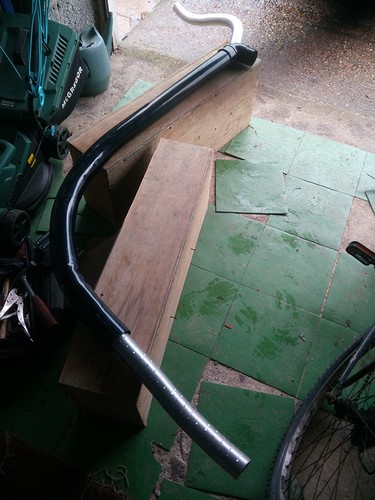
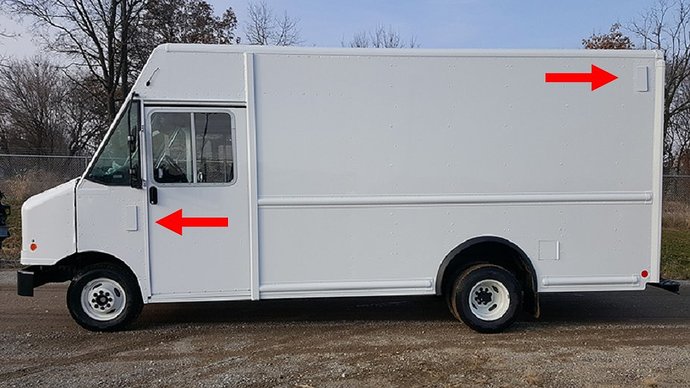
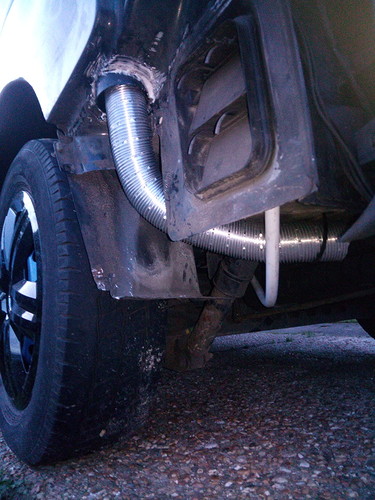
 ) . Its true, there are such things as water air heat exchangers, which can be used for heating etc, but the point of this is to provide fresh air, without too much heat loss.
) . Its true, there are such things as water air heat exchangers, which can be used for heating etc, but the point of this is to provide fresh air, without too much heat loss.